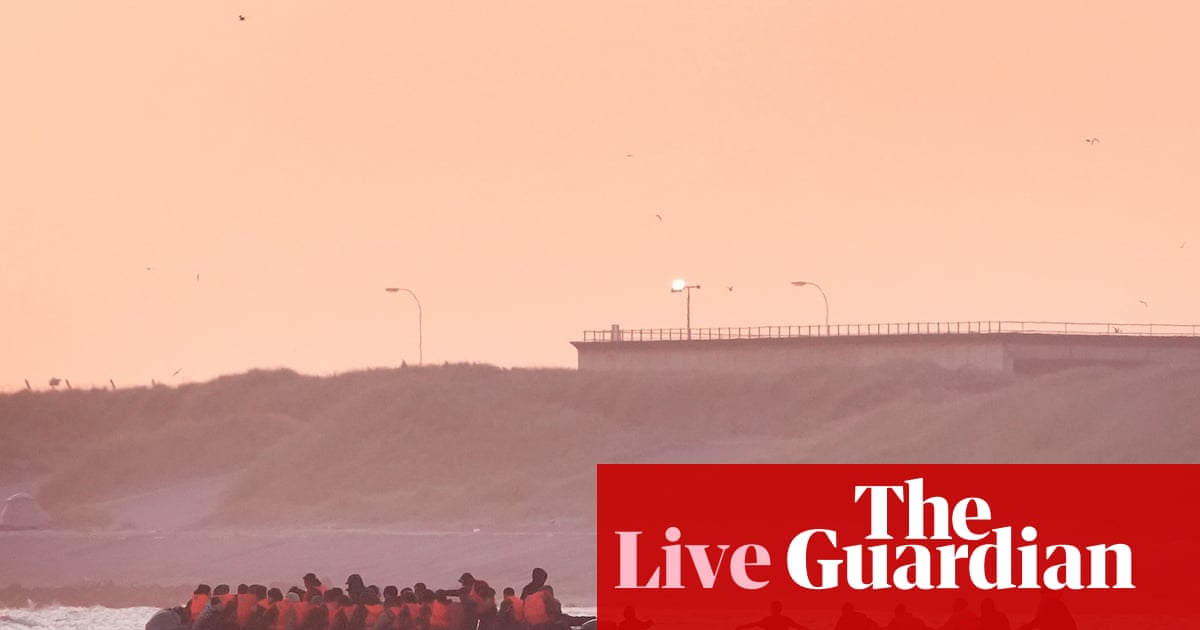Last Updated:June 17, 2025, 18:29 IST
The attack also damaged key electricity infrastructure, including the main power supply, emergency backup systems, and a sub-station

This satellite image shows the Natanz nuclear enrichment facility, where multiple buildings were destroyed from Israeli airstrikes. (Maxar Technologies via AP)
The UN’s atomic watchdog has said there appear to have been “direct impacts" on underground sections of Iran’s Natanz nuclear site during Israeli strikes last Friday. The Atomic Energy Agency (IAEA) shared the update on Tuesday, citing detailed analysis of high-resolution satellite images.
“Based on continued analysis of high resolution satellite imagery collected after Friday’s attacks, the IAEA has identified additional elements that indicate direct impacts on the underground enrichment halls at Natanz. No change to report at Esfahan and Fordow," the agency shared in a post on X.
Iran: Based on continued analysis of high resolution satellite imagery collected after Friday’s attacks, the IAEA has identified additional elements that indicate direct impacts on the underground enrichment halls at Natanz.No change to report at Esfahan and Fordow.— IAEA – Atomic Energy Agency ⚛️ (@iaeaorg) June 17, 2025
While the full extent of the damage is still being assessed, the IAEA confirmed that one of the above-ground buildings at Natanz — the Pilot Fuel Enrichment Plant — was destroyed. This facility had been producing uranium enriched up to 60%.
The attack also damaged key electricity infrastructure, including the main power supply, emergency backup systems, and a sub-station.
“There has been no indication of a physical attack on the underground cascade hall containing part of the Pilot Fuel Enrichment Plant and the main Fuel Enrichment Plant. However, the loss of power to the cascade hall may have damaged the centrifuges there," the IAEA said in a detailed statemnt.
Radiation levels outside Natanz
Regarding radiation levels outside Natanz, the UN’s atomic watchdog said they remain unchanged and at normal levels, indicating no radiological impact on the population or the environment from the incident. However, it noted that inside the facility, there is both radiological and chemical contamination.
The agency warned that uranium compounds, such as uranium hexafluoride, may have been dispersed and could pose health risks if inhaled or ingested.
“The risk can be effectively managed with appropriate protective measures, such as using respiratory protection devices while inside the affected facilities," the IAEA added.
The IAEA further noted that other major Iranian nuclear facilities, including Fordow, Bushehr, Khondab, and the Tehran Research Reactor, have not been damaged. At the Esfahan nuclear site, however, four buildings were hit, including a uranium conversion plant and a fuel manufacturing facility.
“At the Esfahan nuclear site, four buildings were damaged in Friday’s attack: the central chemical laboratory, a uranium conversion plant, the Tehran reactor fuel manufacturing plant, and the UF4 to EU metal processing facility, which was under construction. As in Natanz, off-site radiation levels remain unchanged," it stated.
ALSO READ: Israel Says Khamenei Risks Saddam Hussein’s Fate As Strikes On ‘Significant’ Tehran Targets Loom
The News Desk is a team of passionate editors and writers who break and analyse the most important events unfolding in India and abroad. From live updates to exclusive reports to in-depth explainers, the Desk d...Read More
The News Desk is a team of passionate editors and writers who break and analyse the most important events unfolding in India and abroad. From live updates to exclusive reports to in-depth explainers, the Desk d...
Read More
Iran
First Published:News world Parts Of Iran’s Natanz Nuclear Site Hit In Israeli Attack, Says UN Watchdog IAEA

 1 month ago
1 month ago













